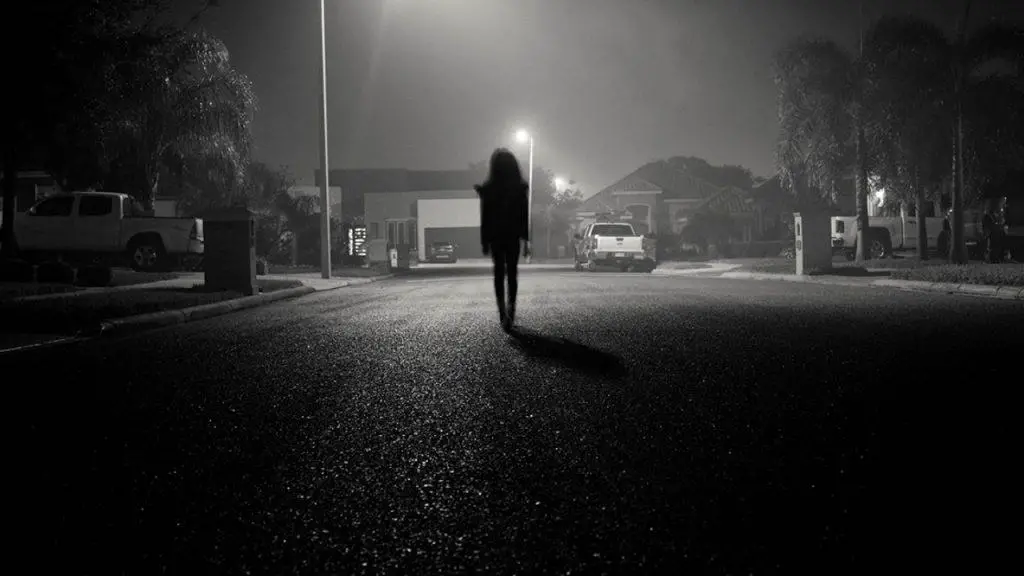
We have heard about the Speed of Light countless times: in documentaries, in books, in television series... But have you ever wondered? what is the speed of darkness?
It's more, What is darkness?
Post content:
What is darkness?
According to the definition provided by both Wikipedia and the RAE, darkness is the absence or scarcity of visible light with which to perceive the environment.
It should be noted that darkness is a theoretical concept, which always implies the lack of light, and that it is not a wave, nor a particle, like the latter.
Even so, it is also possible to understand the concept of darkness on its symbolic level. In this case, it would be associated with sadness, anguish and darkness, as well as lack of understanding or knowledge, in opposition to light.
Being afraid of the dark is a basic instinct of most living beings for this same reason: if you cannot correctly perceive the environment, you cannot be prepared for the threats they may present.
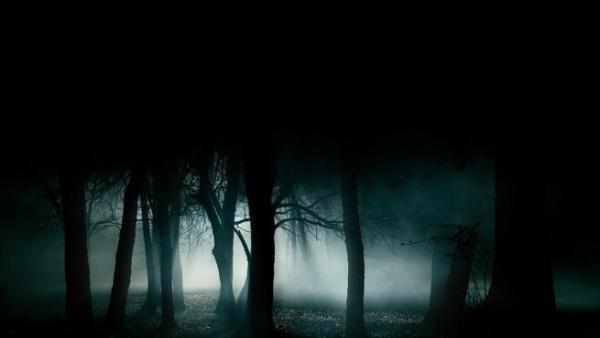
What is the speed of darkness?
If we take as a starting point the fact that darkness is simply the absence of light, it is not difficult to reach the conclusion that at the same speed at which illumination is extinguished, darkness appears.
In this way we could say that the speed of darkness is equivalent to the speed of light. Not bad, since we know that nothing can exceed the speed of light, so a tie in this case can be considered a good result.
But…
Is there anything faster than light?
Can NOTHING really exceed the speed of light?
What Einstein's theory of General Relativity proposes is that no body with mass can move faster than C, a universal constant that represents the speed of light. However, darkness, as we had previously mentioned, is only a concept, and therefore, it does not have mass.
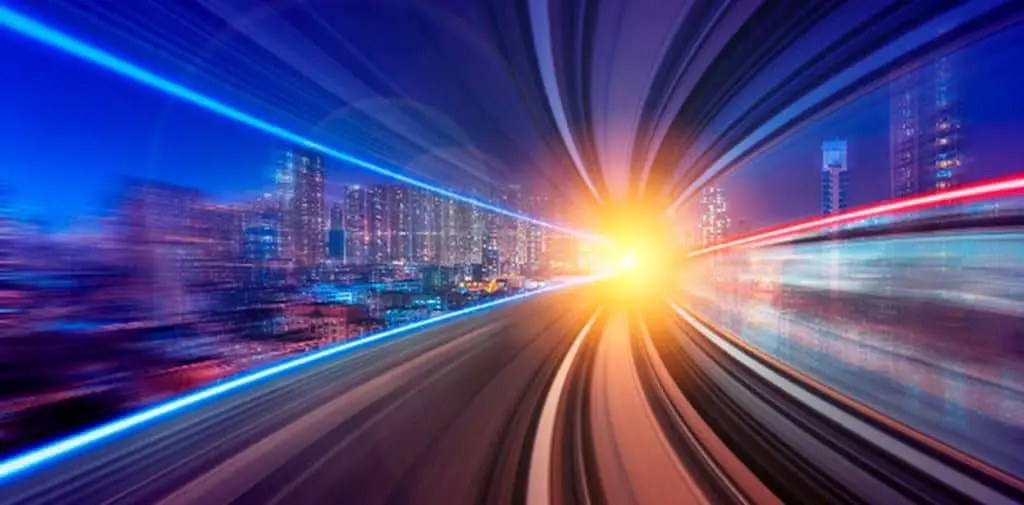
Physically the speed of darkness can be greater than the speed of light, there is no law that prevents it, and in fact I am going to show you a couple of examples where this happens, or could happen.
Darkness is faster than light
To prove this not so crazy statement we have to get used to the idea that there are several types of darkness:
Speed of Darkness – First example:
The one generated by the absence of light "moves" at the same speed as this, as we have already talked about before, but it can be considered that there are more types of darkness, such as that generated between light waves with the same values. of amplitude traveling just in the opposite direction.
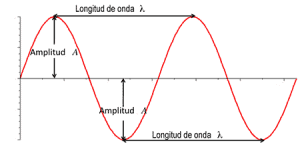
Although this is impossible to appreciate with the human eye, there will be moments in the "collision" between these two waves in which both expand their crest and decrease their trough, but there will be other moments in which the crests of a wave will completely cancel each other out. with the valleys of the other, as in the following example:
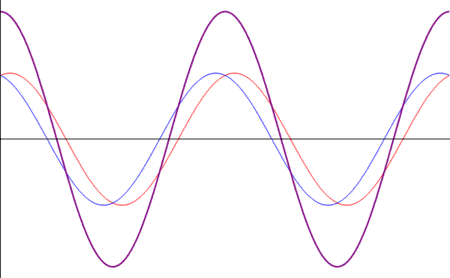
Here the waves are red and blue, and the values in purple represent the value of the fusion of both, and as you see there are moments where the amplitude is the sum of the two, but also if you notice, there are very brief moments in which the waves cancel out, just when a crest "collides" with a valley of the same value.
In those brief moments, an absence of illumination is generated that lasts less than what it would take for a photon of light to disappear.
Speed of Darkness – Second example:
As we have mentioned before, it is true that no object with mass moves faster than light, but as we have already seen, there are real cases where the speed of light is exceeded.
This also occurs when talking about shadows: a region of space that is generated on surfaces and surrounded by light, where darkness predominates due to an obstacle that partially or totally opaques the projection of light in that area.
We all know that a shadow always represents the silhouette of an object, but despite having the same shape it does not have to have the same scale, and this is where the second way of generating a movement faster than that of a photon begins. light, and I will explain it very simply.
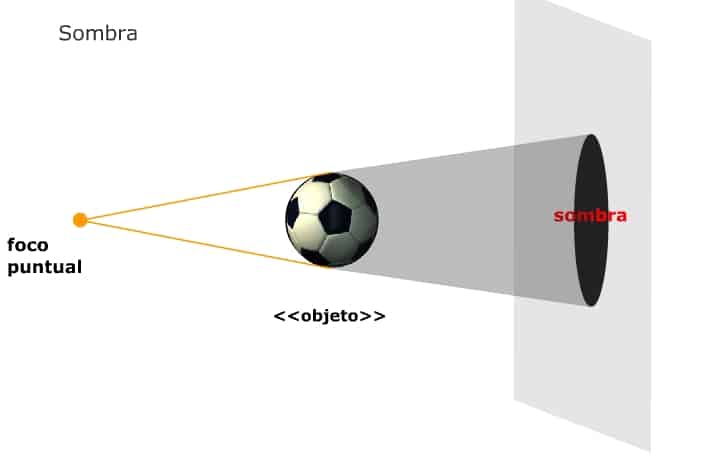
No law of physics prohibits you from having a giant spotlight (in fact it would have to be able to illuminate the entire elevation of a gigantic planet), so we will assume that you have a spotlight that can illuminate all of WASP-17b, which has a radius approximately equivalent to twice that of Jupiter.
Well, if you run your finger around the circumference of the bulb in less than a second, your shadow projected on WASP-17b It will have moved at a speed almost three times faster than C (The speed of Light), plus your finger would generate a shadow of several thousand kilometers :p
